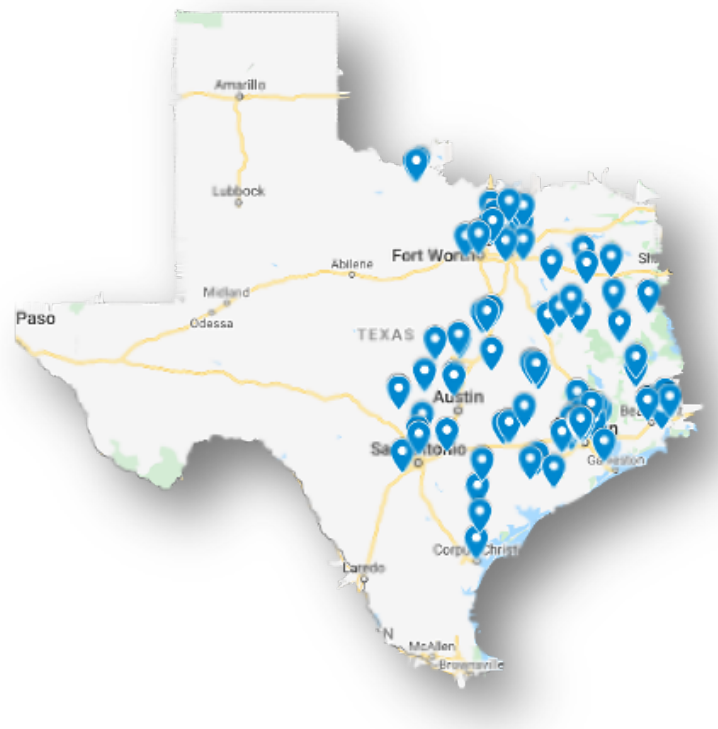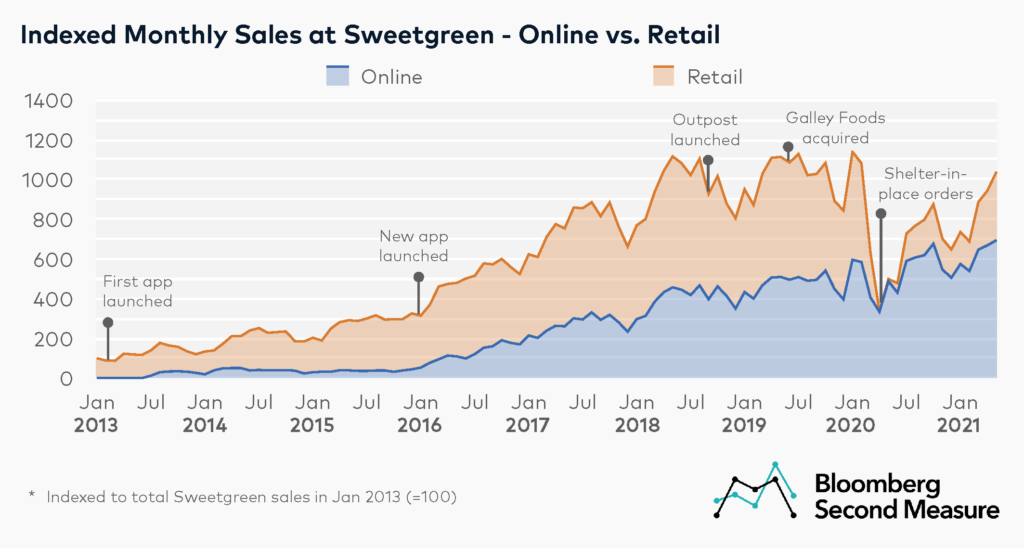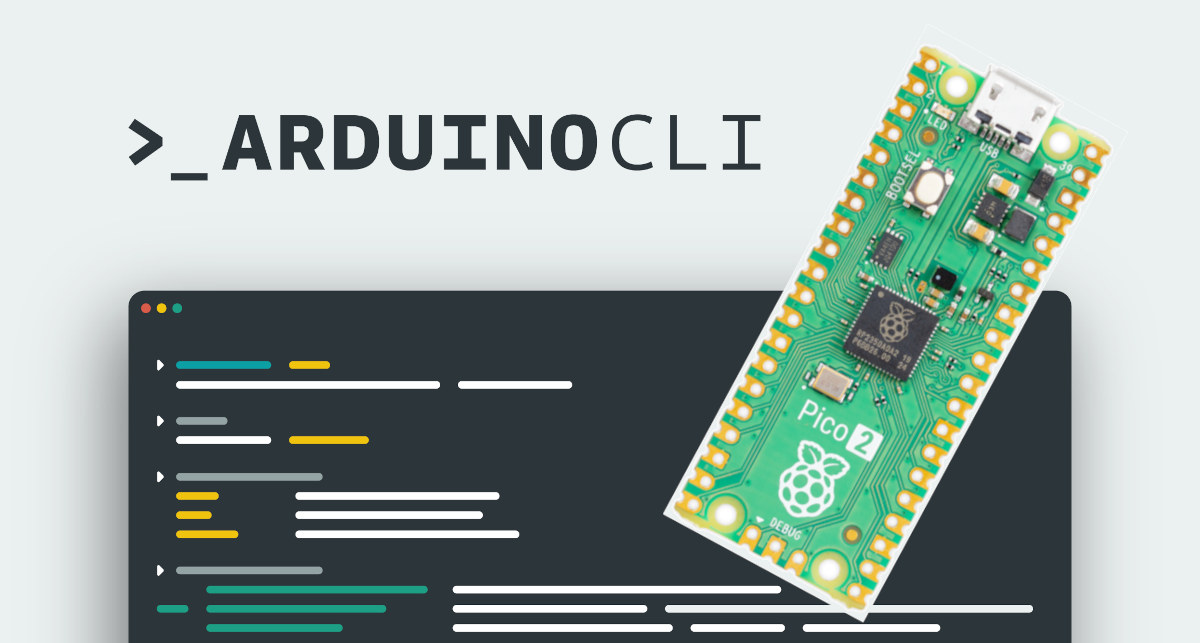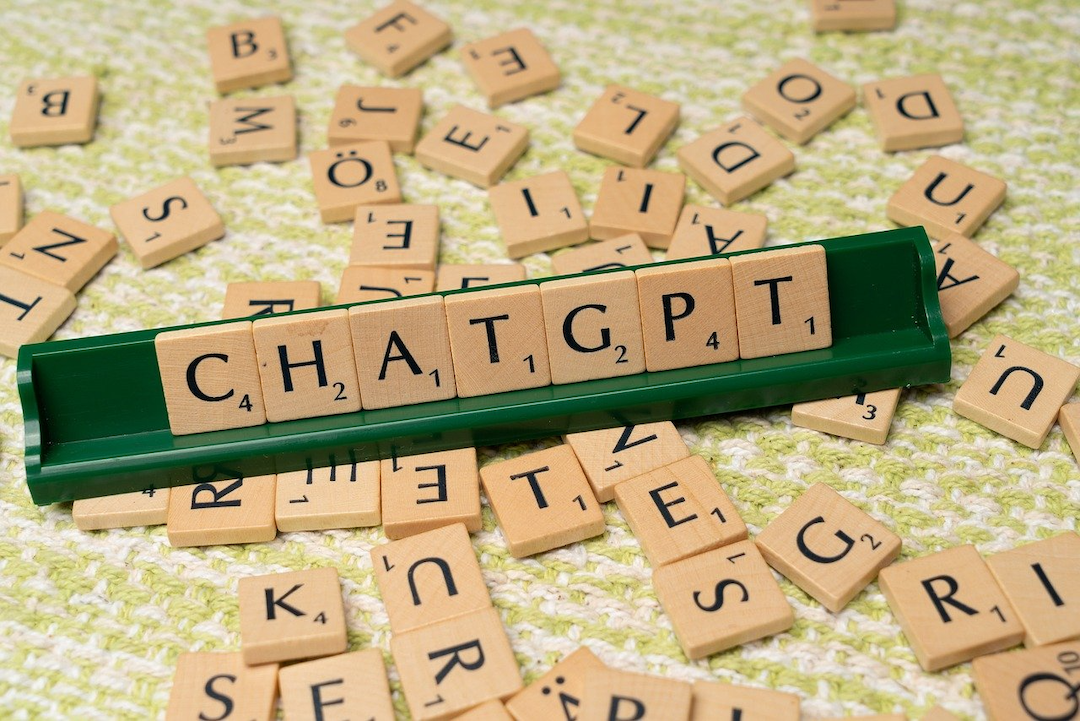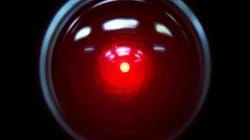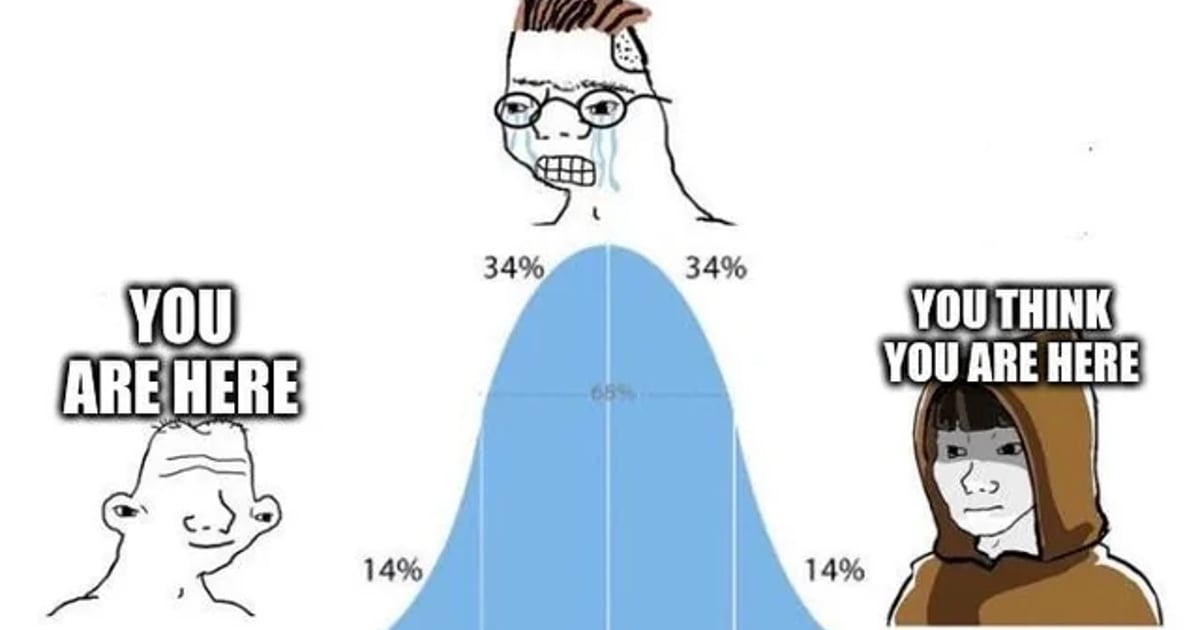
Collections: Teaching Paradox, Imperator, Part IIa: Pops and Chains
This is the first half of the second part of our three part look at Paradox Interactive’s Hellenistic-era grand strategy game Imperator: Rome. I had hoped to do this part in a single post, but my book writing schedule intervened and so it became necessary to split it up. Last time we looked at how Imperator models diplomacy and warfare and in particular how it examines the question of why Rome emerged as the sole Mediterranean power. We found that Imperator‘s decision to simulate ancient diplomacy as an even more ruthless and intense form of interstate anarchy largely accords with the evidence, but that Imperator‘s model or how military power was structured and raised applies at best imperfectly to many of the great powers of this period.
In this part, we turn to how Imperator approaches ancient societies and economies. We’ll split this into two parts: this week we’ll look at how Imperator approaches ancient people through mechanics representing population in discrete units of population called pops. In particular, we’re interested in how well these systems reflect the actual social structures of ancient societies – the degree to which they map on to real legal and economic statuses – and how well they represent economic structures – the degree to which they simulate ancient economic activity with some fidelity.
